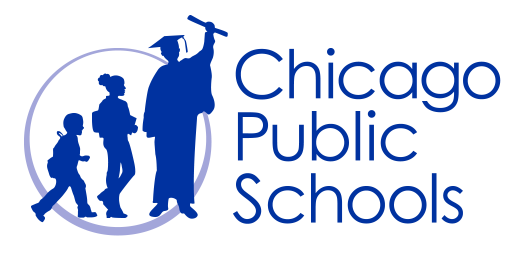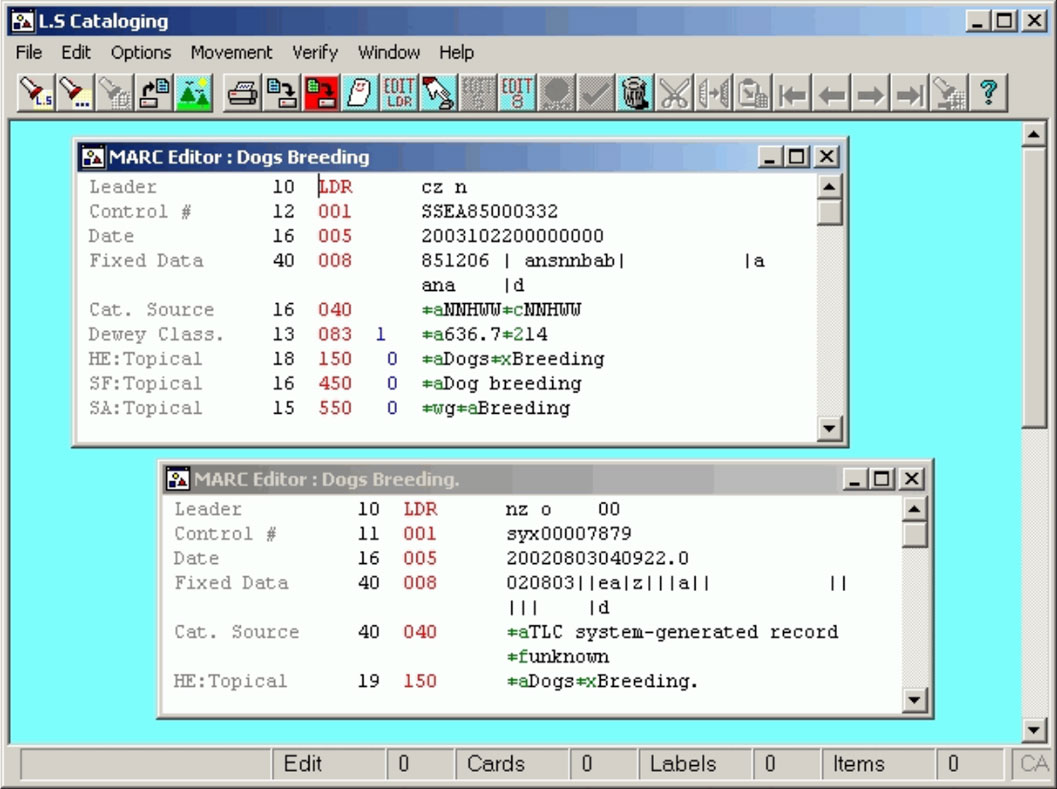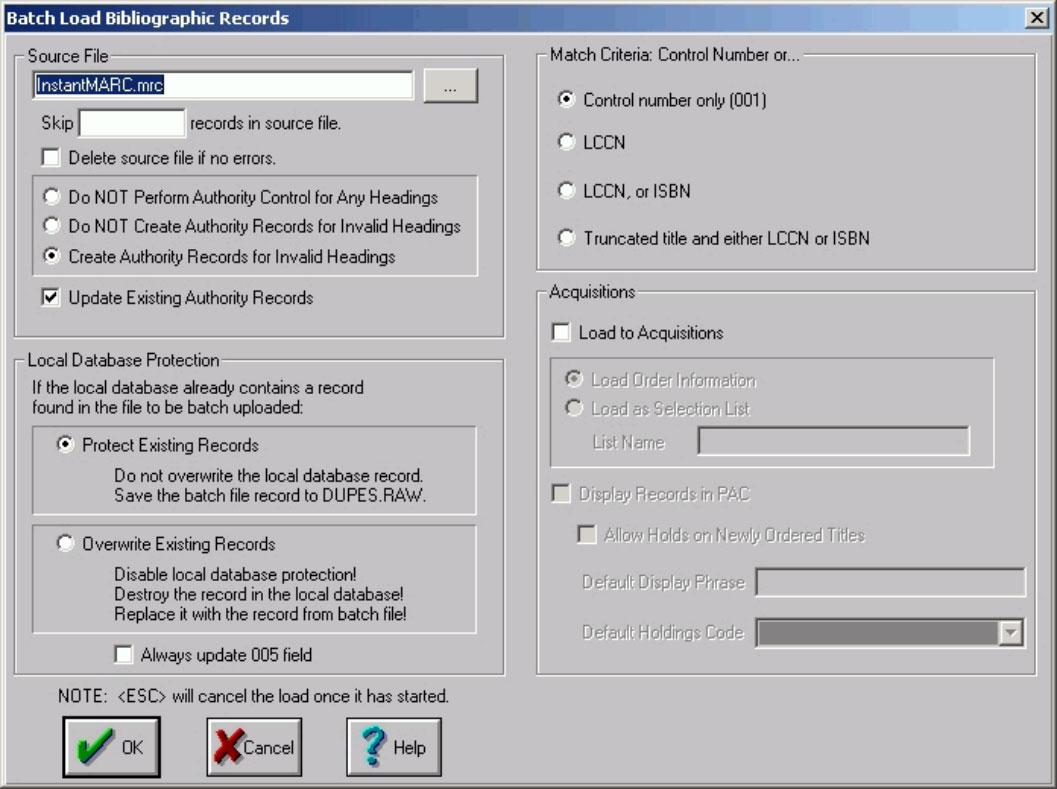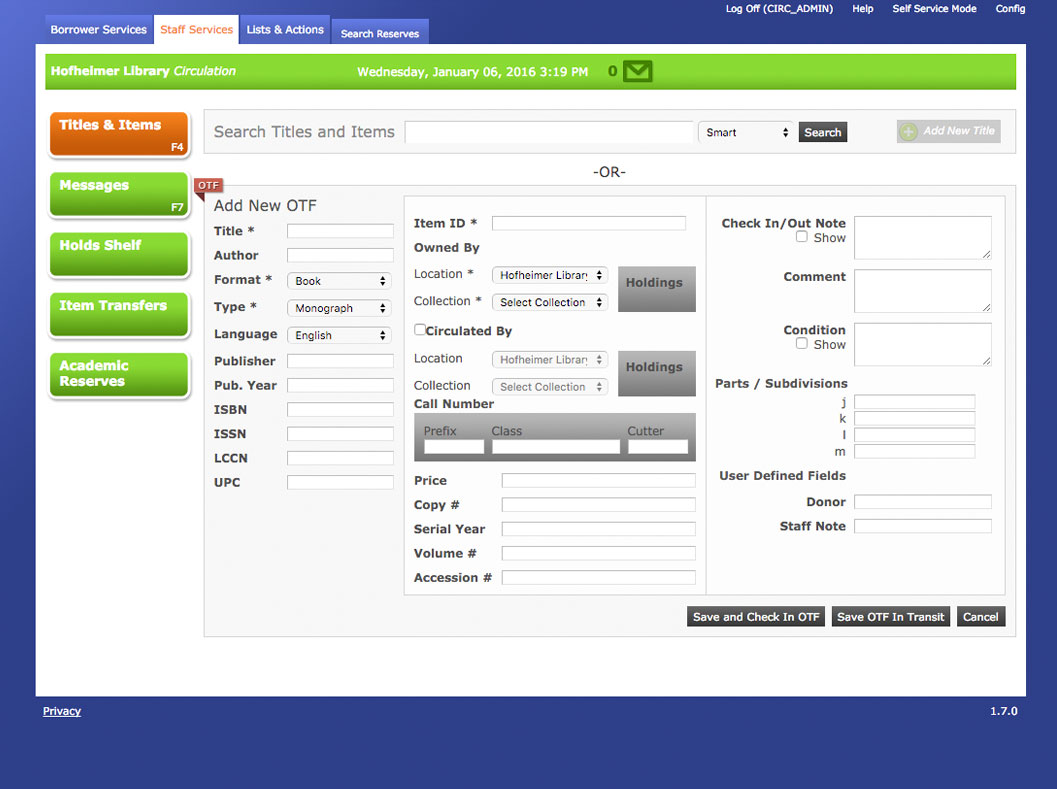Integrated Library System
BackLibrary Solution is an Integrated Library System (ILS), developed by The Library Corporation, that's used to manage the physical/digital collections of thousands of libraries, and make content discoverable for patrons.
When I joined the team, the system consisted of 10 independent applications that had been developed in different technologies over the years and could not communicate with each other. The result was a very poor user experience that hurt the company's reputation for product quality, which our research ranked as a library's primary decision factor when choosing a new ILS.
I was tasked with leading design efforts across several product teams with the end goal of creating a truly integrated, intuitive, and maintainable digital library system.
Design Lead for teams that consisted of a product manager, a front-end developer, a back-end developer, a QA engineer, and myself.
My responsibilities included:
- User research/interviews/surveys
- Information architecture
- Wireframing
- User experience/interface design
- Prototyping
- Writing functional requirements
- User testing
Thousands of public and school libraries, including large systems like:
- Chicago Public Schools
- Dallas Independent School District
- The U.S. Senate Library
- The Hawaii State Department of Education
Here's what some of the Library Solution suite looked like before I was tasked with creating and implementing a unifying design system.
We decided to take on the massive challenge of modernizing decades of software development because market research showed us that the biggest factors when deciding on a new ILS are:
1. Product quality
2. Ease of use for patrons
3. Ease of use for staff
As you just saw, there was plenty of room for improvement on all of these fronts, so the next step was to define the problems we were facing as an organization due to the disconnect between our current solutions and the modern needs of the library industry.

Customer research results
But it wasn't feasible to get the design and technology aligned in a single release. It would also take multiple years to build -- and we couldn't afford to go that long without releasing new software. So we had to align the technologies and UI/UX to our modern standards in steps and over the course of several releases.
The siloing of functionality across all of these applications caused a variety of problems that we wanted to address with this overhaul:
- It caused brand recognition problems, because each application was branded differently and had a drastically different UI/UX with no unifying elements.
- It caused usability problems, because common workflows required users to log in to multiple applications to get their work done and each experience was completely different.
- It caused training problems, because the unique look and feel of each application required more training — since users weren’t able to leverage previously learned behaviors.
- It caused delays in our development roadmap, because developers and QAs were spending more of their time maintaining our existing software than building new software.
- It caused endless support calls for training and help moving data between applications.
- Unify our various applications into a single integrated system, where users can log in once and complete workflows seamlessly and intuitively.
- Reduce maintenance time for developers, so we can spend more time building new features and less time maintaining existing ones.
- Reduce the amount of time it takes to train customers how to use new features or applications.
- Reduce the number of incoming support calls with questions on how to accomplish a task within the software.
- Meet the functional requirements of customers who are hesitant to upgrade from our legacy application, due to feature gaps.
- Make the system entirely web-based, so library staff can access their ILS from any device.
- Make cataloging intuitive enough that a staff member or volunteer with no cataloging experience can accurately catalog titles.
- Create a library of design patterns and UI components that are easy to maintain and also make new interfaces feel familiar to users.
- Ensure data consistency by providing up-to-date, accurate data points as a service.
- Allow library staff members to collaborate on cataloging work more efficiently.
She's the type of staff member effected by these problems and is a stakeholder in our solution.
Since library budgets have been steadily decreasing each year, cataloger's like Jen have had to learn how to manage increasing amounts of data with decreasing resources.
Now that she's responsible for cataloging and maintaining a 30,000+ title collection by herself, she's looking for tools that can automate the most time-consuming aspects of her work -- without sacrificing the quality of the data -- since that's what makes the collection discoverable by patrons when searching the digital catalog.
Cataloging is the engine of a library system. If this part of the ILS doesn't work well, the entire library suffers, because it collects the metadata that allows patrons to find content.
The biggest problem with cataloging functionality in existing ILS software is that it's based on a formatting standard called MARC, that was designed to be read by a machine, not a human. MARC actually stands for "Machine-readable cataloging."
Unsurprisingly, it's a nightmare for humans to read and edit - so this work has historically been done by extensively-trained cataloging staff members and requires a Master's degree in Library and Information Science to fully understand the nuances.
Since library budgets are steadily decreasing, fewer and fewer library systems are able to afford this skill set, which has serious long term repercussions on the discoverability of their collection. It's the institutional equivilant of having a website that can't be indexed by Google. What good is the data if you can't find it?
So I designed a human-readable version of the MARC standard -- so that all staff members, even volunteers, could contribute to this work effectively without any specialized training.
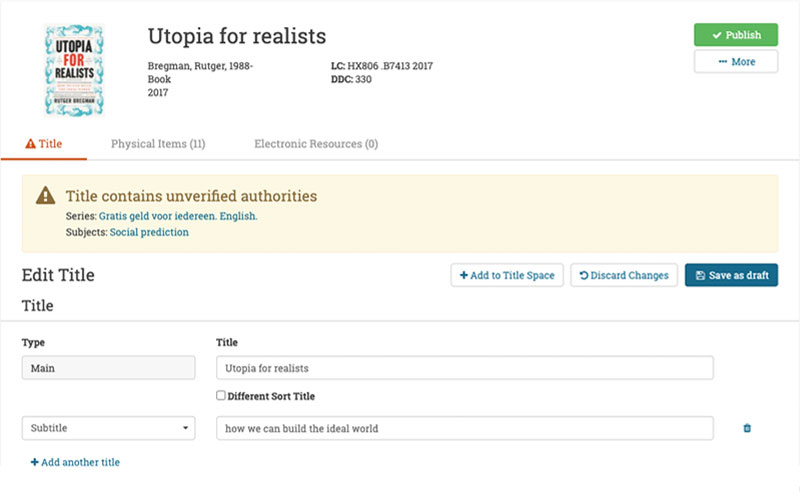
Data consistency was also a huge problem, because legacy cataloging tools didn't offer the proper constraints or suggestions to guide users in the right direction.
Legacy applications that allowed free text input for most data points opened the door to all kinds of formatting and spelling inconsistencies across library datasets, and ended up badly hurting the discoverability of their content via search.
So I designed a suggestion tool that appears as you type and offers curated options from our premium data service, or the ability to select/create locally curated options for easy reuse -- no more cut and paste required.
This subscription-based data service, called ITS•MARC, unlocked a massive new recurring revenue stream for the company.
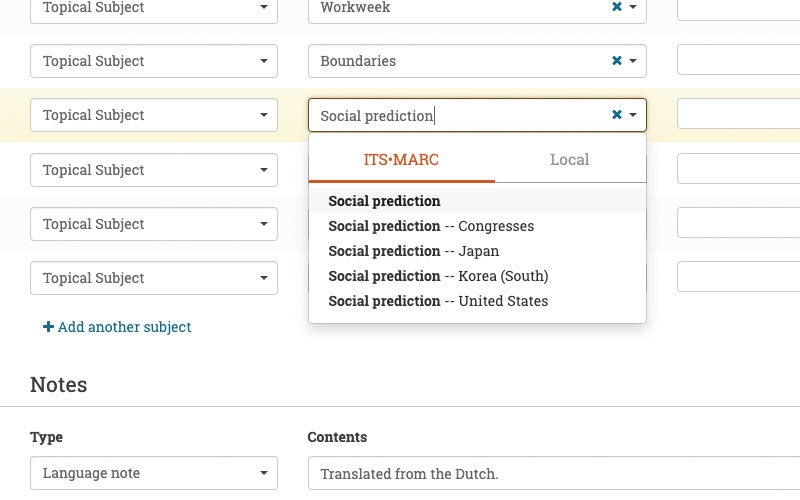
Collaboration on cataloging work within the library has traditionally been hampered by cataloging software that runs on the desktop and offers no reliable way to version control a title that multiple staff members need to collaborate on. Remember the days of file names like finalDesign_v7.psd?
Our 'Title Space' feature allows users to scan titles into their own space or a shared space, for easy and transparent collaboration. We also allow administrators to set different levels of staff access to features like title publishing, so they can utilize untrained staff, like volunteers, to add a list of donated books into a space where a trained cataloger can then enrich them further before publishing.
Being able to use volunteers to do this initial organization work drastically increased the speed of the overall cataloging process, now that every step didn't require special training or trustworthiness.
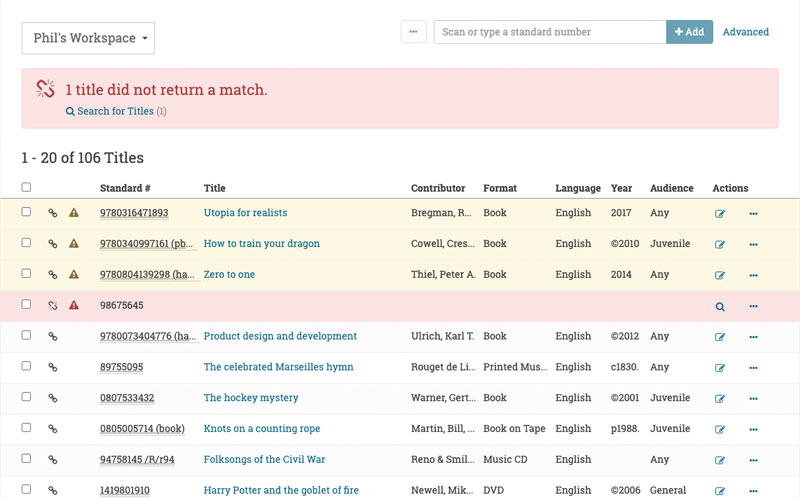
If a user tries to add a title that we can't find a match for in their local database or in our own title record service, we allow users to browse options from an unlimited amount of 3rd party data sources. This helps to fill in the gaps with locally produced or otherwise uncommon content.
This workflow used to require searching for data on multiple websites, downloading the record you want to your desktop, opening your cataloging application, and importing it.
Now, you can search all of your trusted sources in one place and import the curated data into your catalog with one click -- a massive productivity boost for cataloging staff. Work that used to take over ten minutes per title now takes closer to one minute.
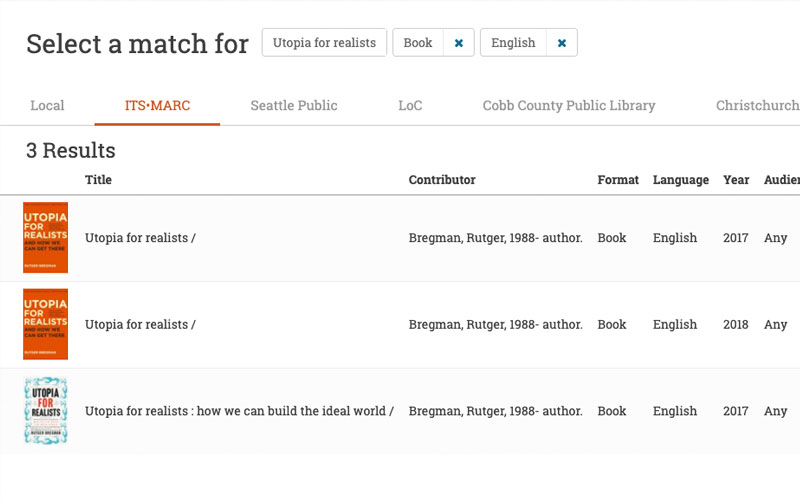
Historically, library collection inventories were mostly done by a single user, since there was no easy way to see what other users were working on. Since collections can include tens of thousands of items, the process goes much faster if several staff members can combine efforts.
So I designed an new inventory tool that made the entire process more transparent and collaborative, so it was easy to pick up where another staff member left off or contribute to a department-wide effort.
By presenting a list of all currently in progress inventories, we're allowing users to pick up right where any other staff member left off, without the need for hand off instructions.
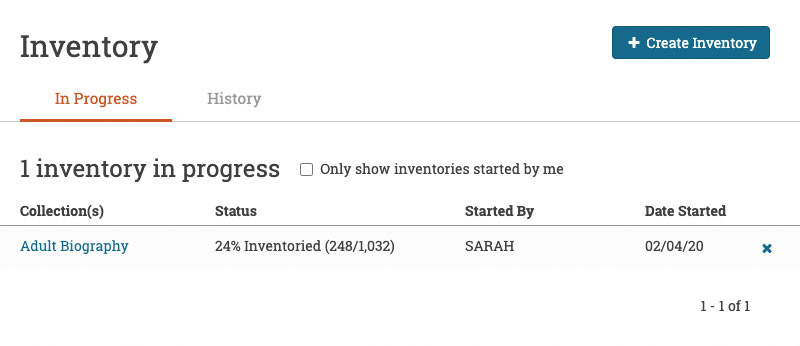
Inventory tools require proper feedback to know where you are in the process.
Without a way to see what percentage of the collection you've accounted for versus the total number of titles expected to be on the shelves, it's hard to know when you're actually finished. This lack of feedback in our legacy application led to items being mistakenly marked missing very regularly by our users.
So I designed a way to track inventory progress in real-time and show users exactly how many items they have remaining. Since then, there haven't been any panicked phone calls to our support team saying half of their collection just got marked missing and is out of circulation. I'd call that a win-win.
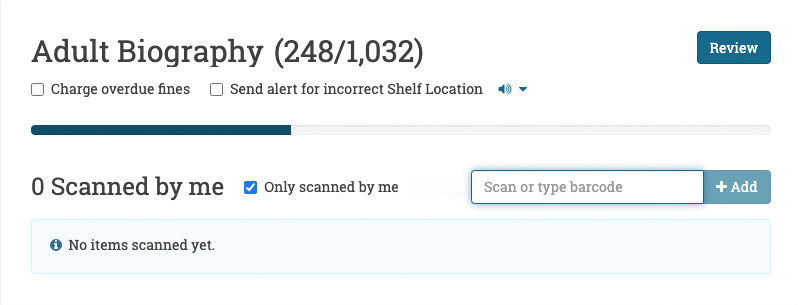
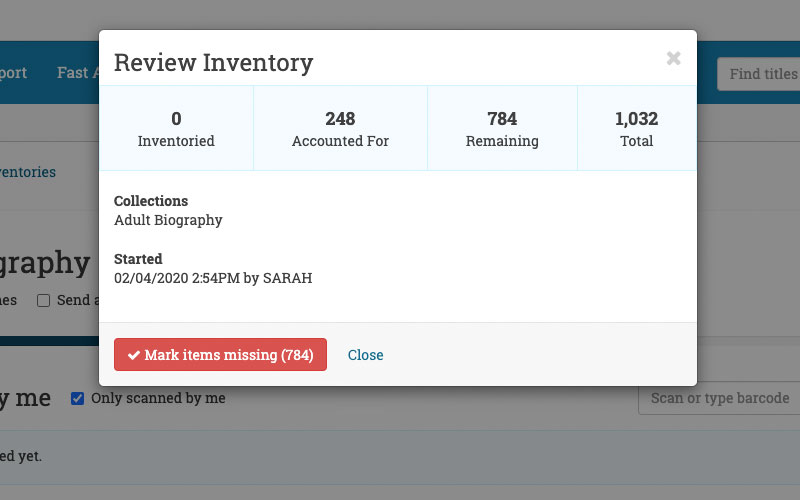
"Many of its customers also praise the company’s constant focus on both patron- and staff-facing user experience (UX). During the annual TLC Users (TLCU) conference in October, for example, attendees raved about demos of a new web-based cataloging module." - Library Journal magazine
My team's innovative approach to the cataloging process won a Platinum Award from the Modern Library Awards and helped secure long-term contracts with the Hawaii Department of Education and Chicago Public Schools. It also unlocked new revenue sources through data service subscriptions that will ensure the strength of the business for years to come.
This overall redesign of Library Solution has repositioned the company as an industry leader in design and technical innovation, consistently receiving praise for its intuitiveness, ease of use, and ability to get work done quickly without sacraficing quality.

